Last week I received an invitation – “Come to New York for a 30th anniversary of A River Runs Through It.” It took a moment to realize realize that we shot the film THIRTY years ago !
The film was to receive an award from the American Fly Fishing Museum.
I was to be on a panel – telling whatever stories I could recall of the making of the film.
At first it seemed odd that the event was at the Racquet and Tennis Club in Manhattan, and that we were to be housed at The Yale Club, a long way from Montana and the waters of Big Blackfoot River, or any fishing grounds for that matter, but it became clear that it was well suited to a fund raising event.
The Yale Club
It was a formal event. I didn’t bring a necktie, so they gave me one.
I was not much of a fisherman, but I was the second unit director and cinematographer on the film – filming many of the fly fishing scenes as well as creating much of the imagery of the young boys growing up in Montana.
Eventually all things merge into one, and a river runs through it…. and it runs over rocks from the basement of time… Norman Mclean
I thought of the film, the days I spent in Montana, and the river, but most of all I thought of Bob Redford who directed the film. Only when I was there with him did I realize the depth of his passion for the film and why. Of course, no more than I, Bob was not a fly fisherman, but his empathy was with the characters, author Norman Maclean’s family and their lives and their deaths. Redford had suffered more than most realized, a child lost shortly after birth, a son who needed two liver transplants for survival… The fishing scenes had to resonate with the challenges of life. Even as Maclean drew these parallels, so it was my challenge to photograph the river scenes in such a way. Rather than tales of trout, flies and rods, this is what I tried to speak of.
The day after the event, I thought of the passage of time and how friends unintentionally drift away over years. Our log of those we have known and still would like to, fills up and our access to so much immediacy creates a fog of past connections. Mike Heller, my college friend and fraternity brother at Rensselaer Polytech, who for no purposeful reason, I hadn’t seen in some 60 years, lives a few New York blocks from where I was staying. For reasons still uncertain, I had abandoned most all associations and even memories of my college years, shortly after graduating, even though they were fine years. But now I should see Mike. See him now.
We had taken different but resonant routes after college. While I departed for skiing and photography in Vermont and California, Mike departed for Europe on a freighter and eventually became a poet, in fact a successful published poet with a subsequent career teaching at NYU. When we met at a sparsely populated restaurant on Second Avenue, the 60 years did not get in the way of our immediately recognizing each other.
Beyond recollections, We had many comparisons of creative endeavors couched in our physically divergent paths. The relation and differences between words and images. His Words My Images; His Images, My words.
You can't connect the dots looking forward; you can only connect them looking backwards. So you have to trust that the dots will somehow connect in your future. You have to trust in something - your gut, destiny, life, karma, whatever… Steve Jobs
~~~~~~~~~~~~~~~~
The next day I stepped back into the New York present at The Museum of Modern Art into a photography milestone.
Every now and then, a photographer comes along who changes the perception of photography, Wolfgang Tillmans has put a twist in my own photography awareness. As did Henri Cartier Bresson and Minor White years ago.
Wolfgang Tillmans prints photographed by Paul G Ryan at MOMA, New York
Hard to say exactly how, in some ways he takes the ordinary and gives credence to what can seem simple views of the immediate world around him. No exotic locations, no technical extravaganzas. But it’s personal, very personal, and maybe that’s it, images of the world around him, his friends, his obsessions.
As I looked at this vast collection of his images, it’s like a journal, a complex visual autobiography.
“The viewer...should enter my work through their own eyes, and their own lives,” Wolfgang Tillmans
And its deceptive simplicity drives me to think beyond the obvious specifics of the images to a revelation of Tillman himself. To me very few of the photographers I admire, tell me so much about their immediate selves, Maybe Nan Goldin, maybe Minor White.
Big ideas don't make them selves known as big. They begin with the little, ridiculous ideas that most people would discard or reject. Every successful picture I've done has really been based on taking a very flimsy, fleeting little idea, grabbing hold of it, and taking it seriously. Wolfgang Tillmans
It is through the images, and how they are scaled and arranged that drew me into Tillman’s life. More expansively than words. The exhibition, the labyrinth of images, are less about what he observes, than why he chose to photograph this or that. Each gave me more insight into Tillmans as a person than insight about the subject
Tillmans changed the way I choose to photograph what I chose to photograph
I came back again and brought some friends
Before left for California, I had a last meal at Hao Noodle, Chinese food I can’t get in Santa Monica. I didn’t know what kind of dog was sitting at the next table.
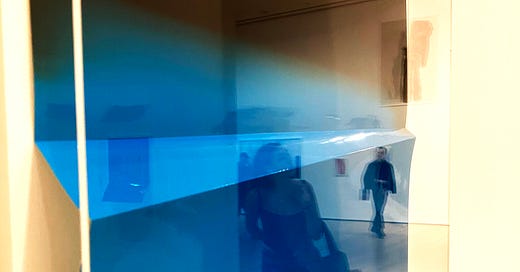




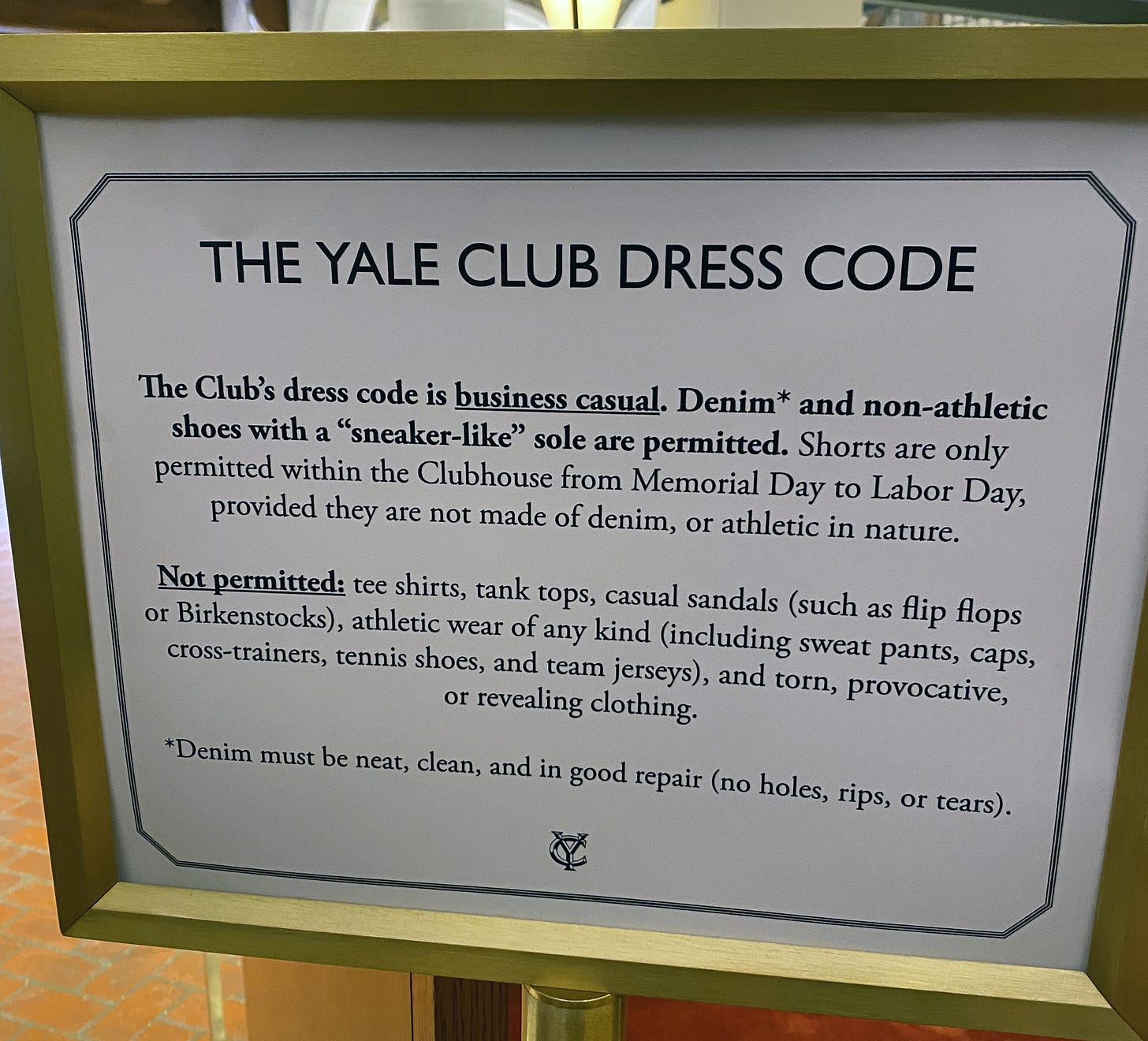

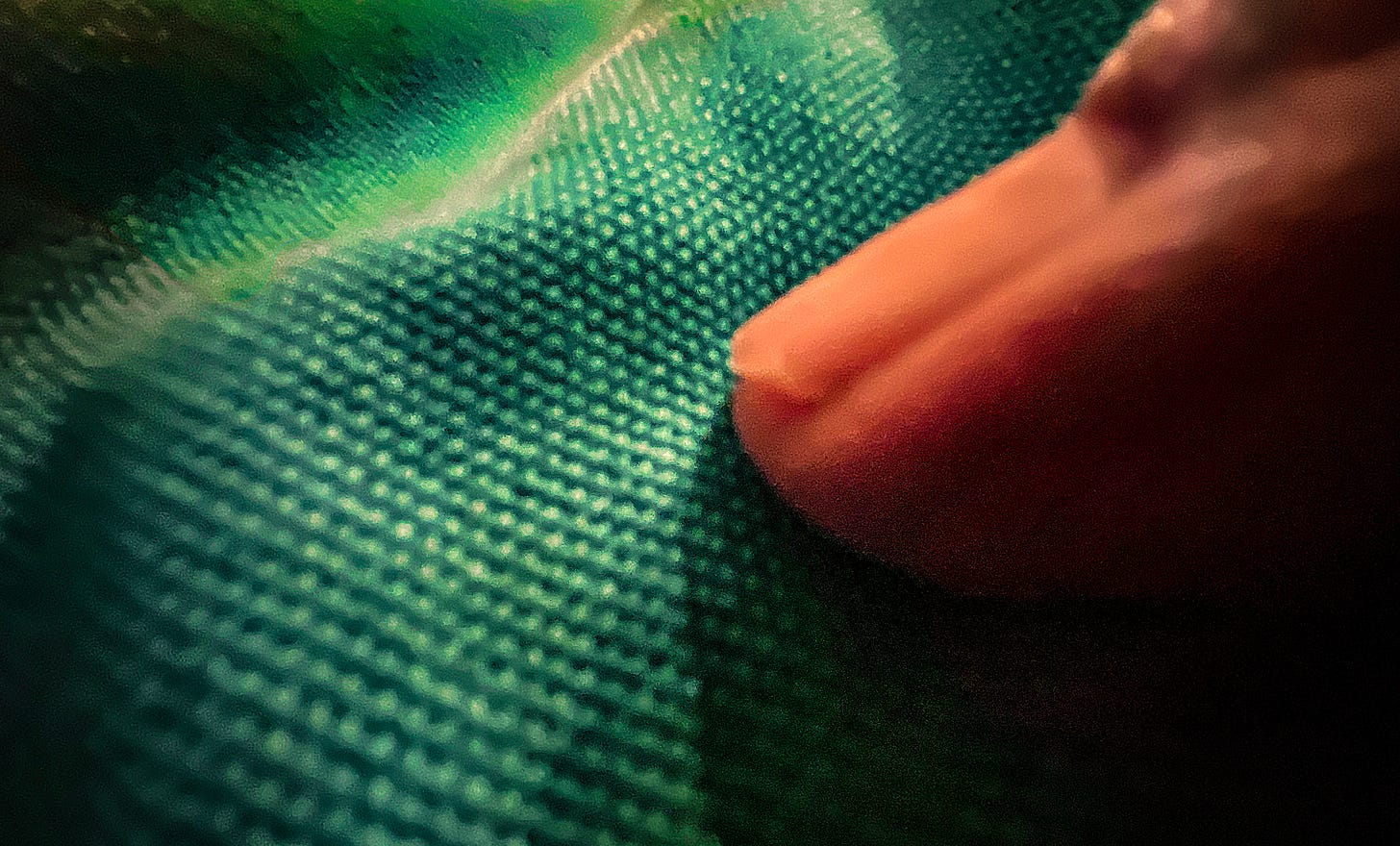
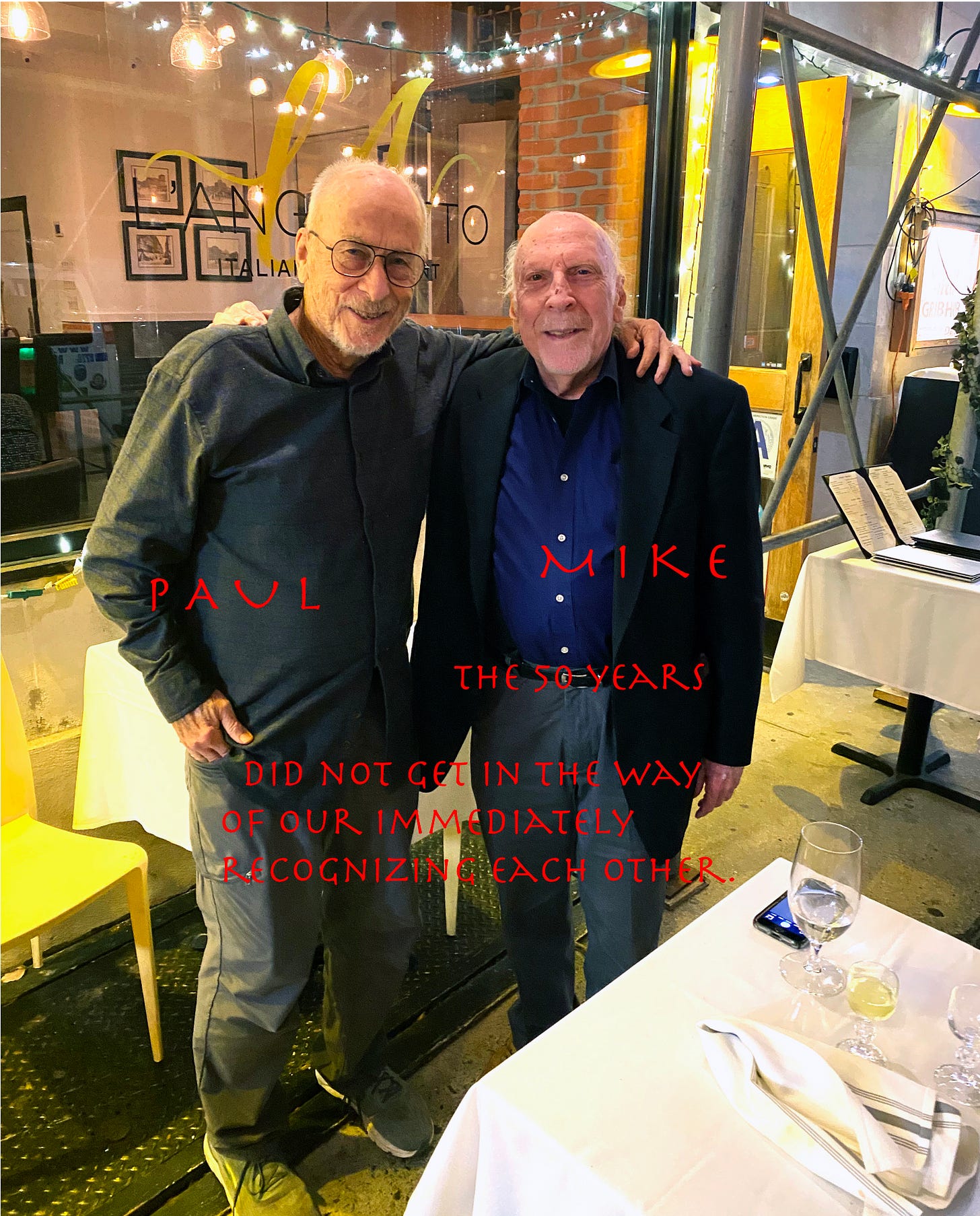

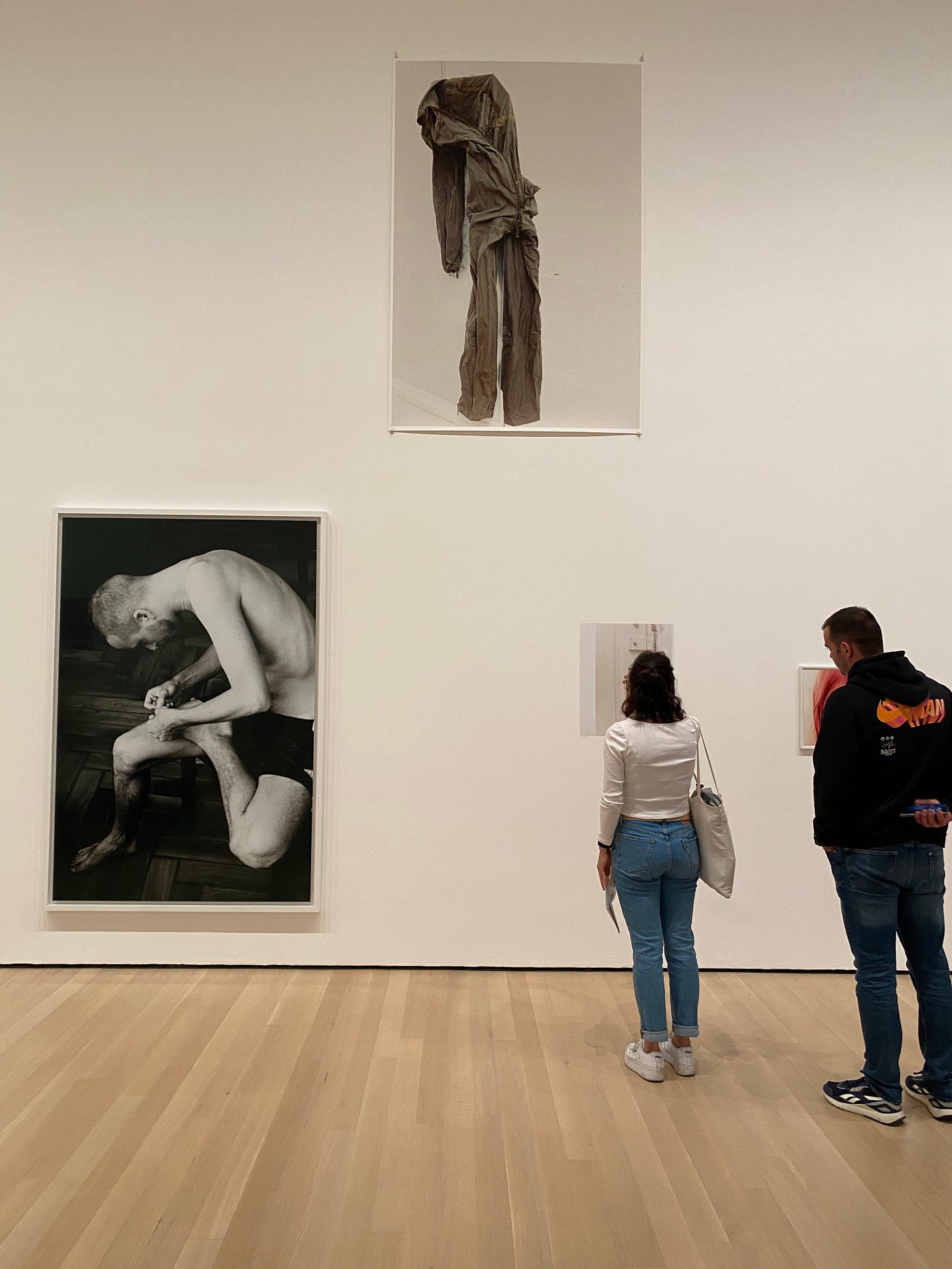

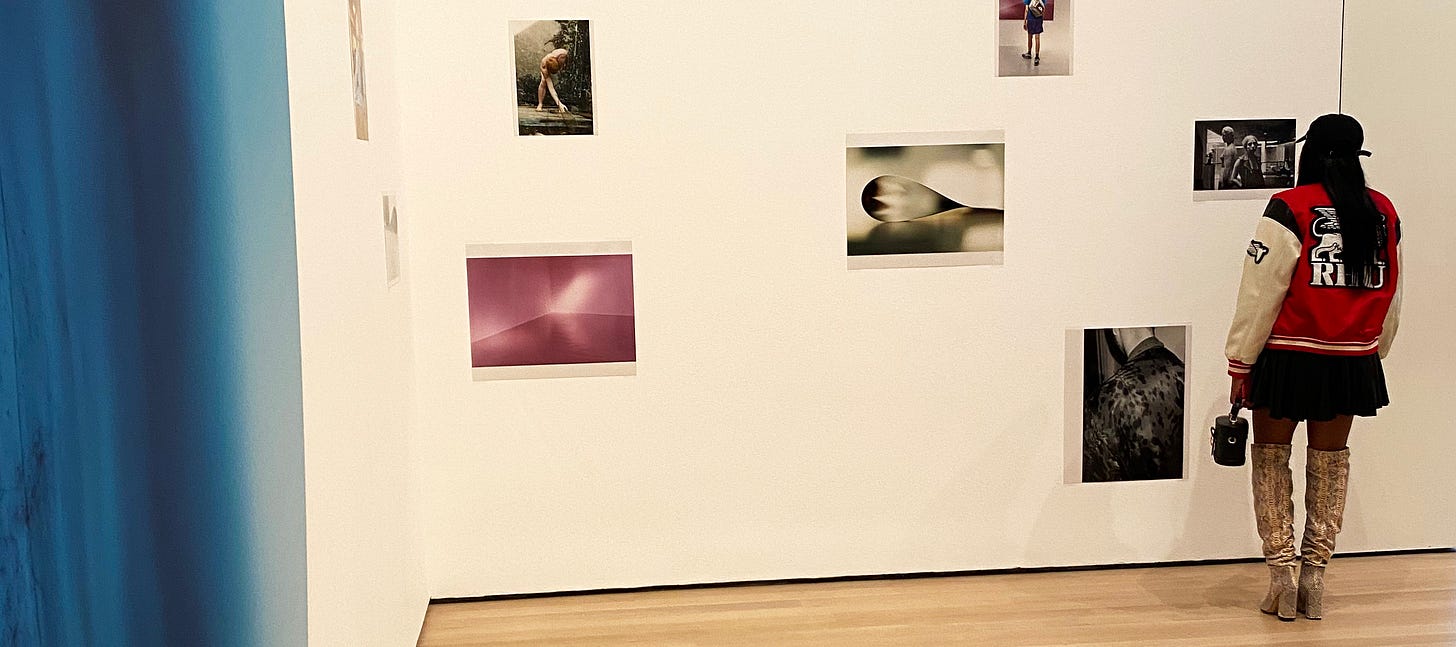
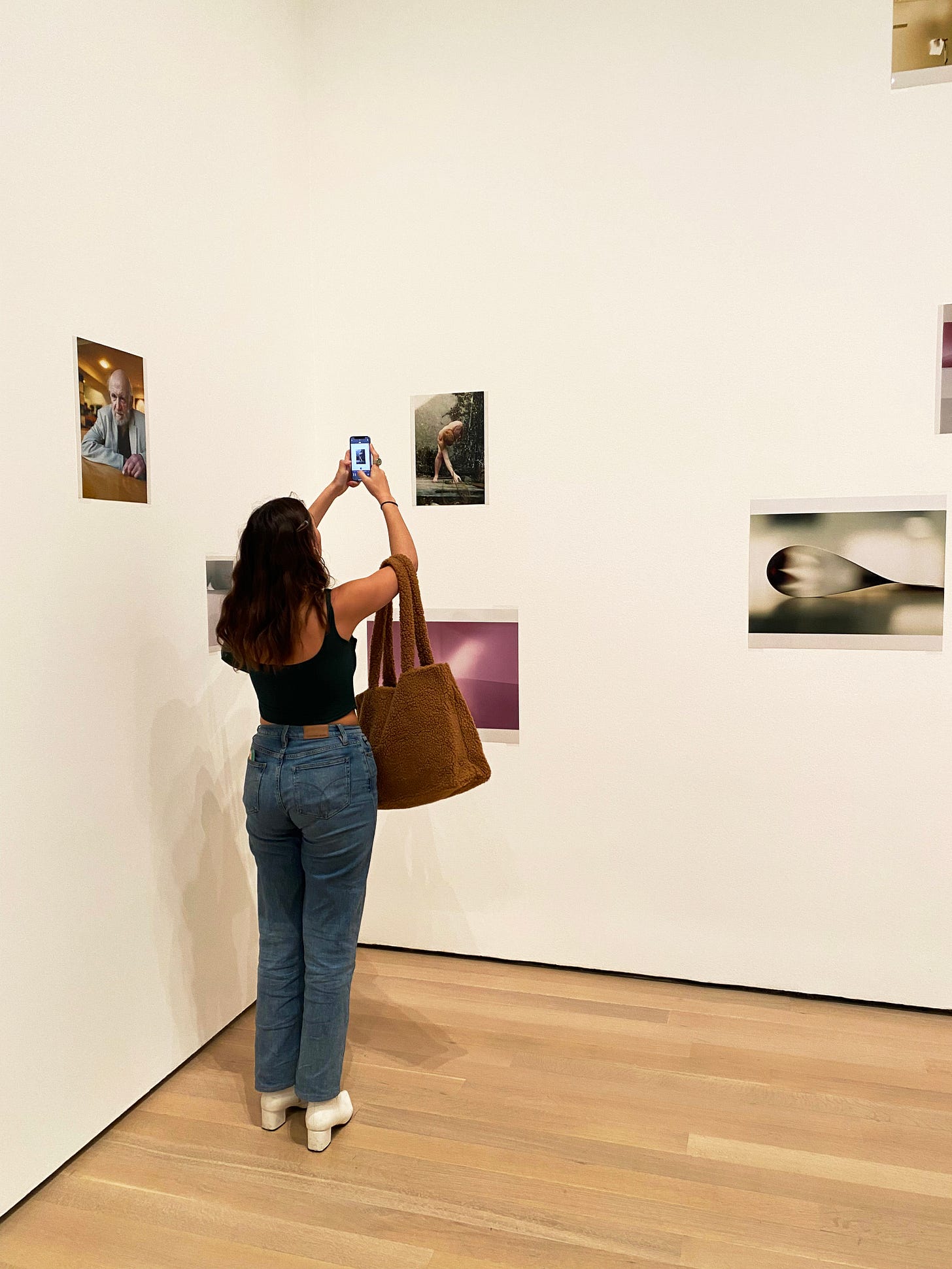



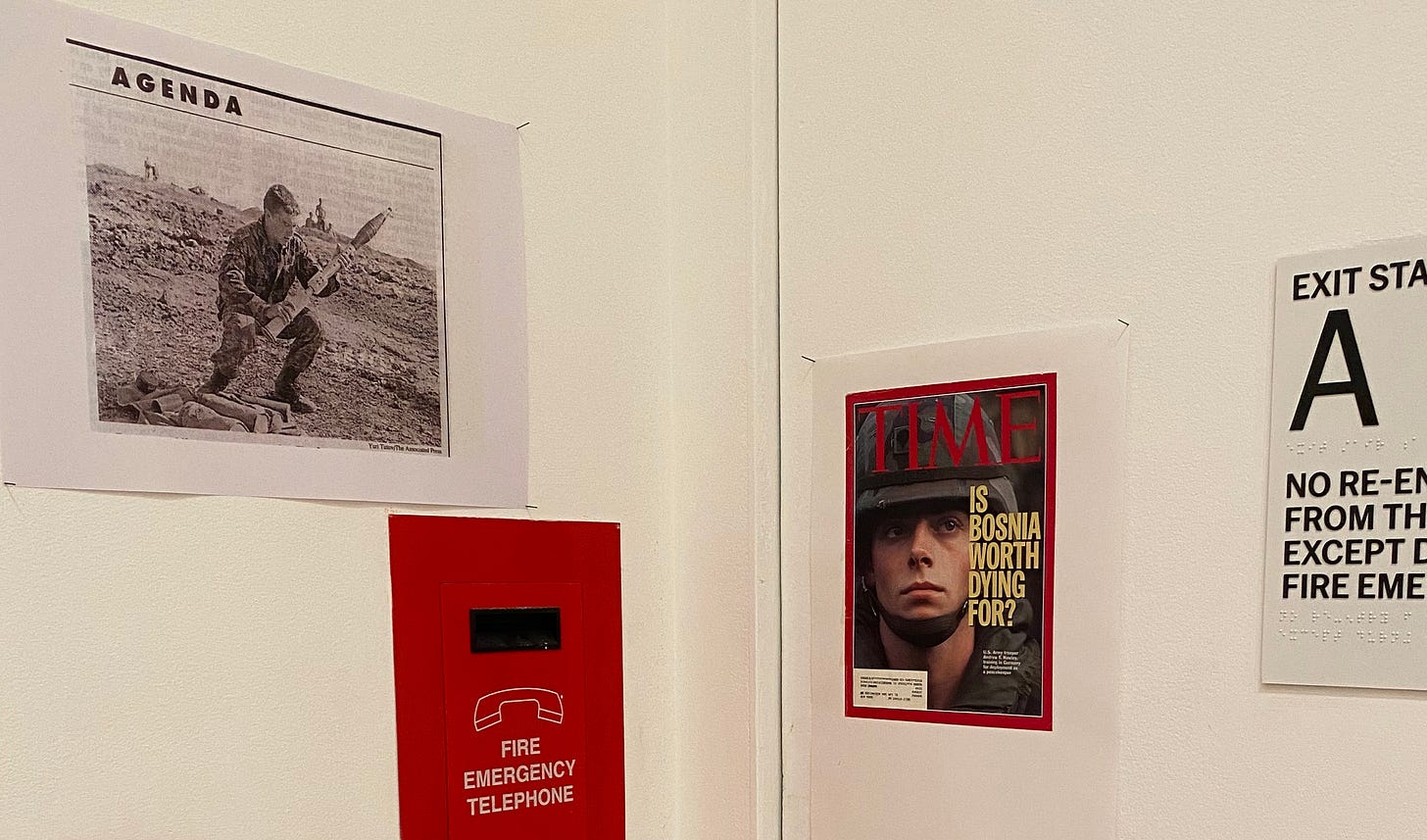
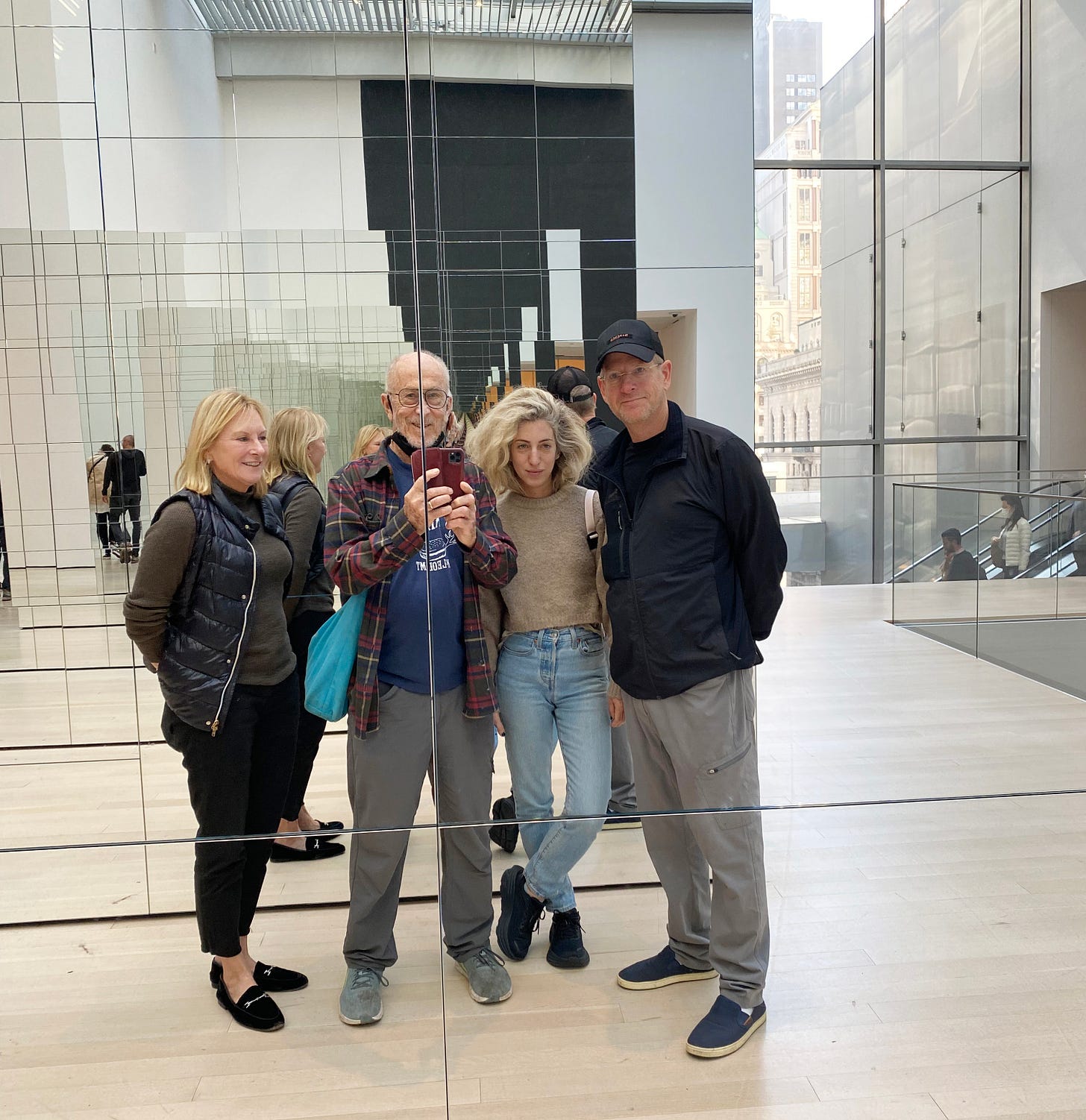



Enjoy reading your notes as they bring back memories of our days in Aspen, and the Northwest, as well as one great adventure in France.
Such a fine piece , Paul, with so many interesting layers .
Deeds